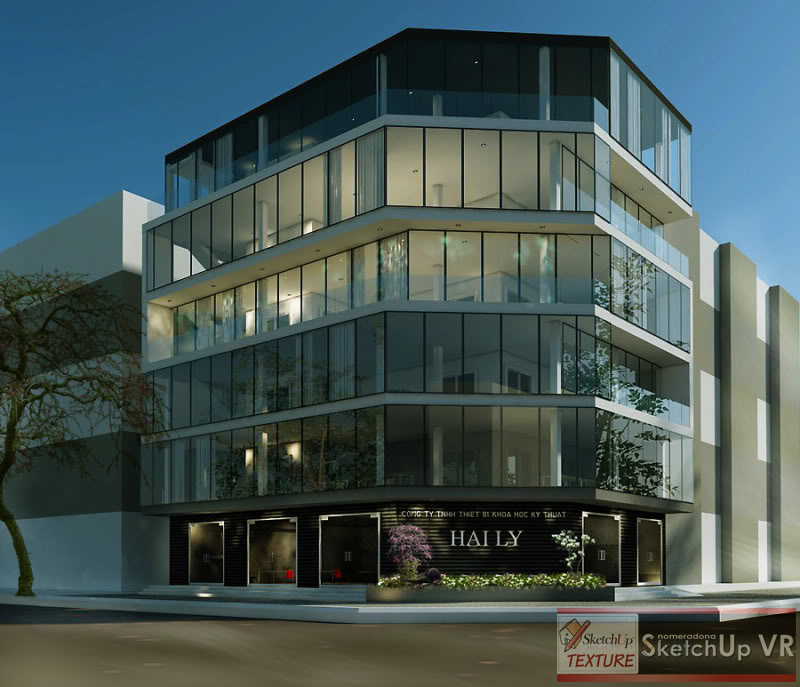
Turn on features like embree conserve memory.Render in bucket mode rather than progressive mode.For scattering, use features like camera clipping. ⚡ Deploy memory-conserving methods to enable larger scenes and output resolutions. If system modification is not an option, there fortunately still remain many ways forward.

💡 How much ram is enough? A good baseline is twice that of your smug rendering colleague’s. ⚡ Guard yourself against out-of-memory crashes by adorning your system with more ram. If your computer runs all out of memory, your render will crash. But when scene complexity and output resolution soar, available system memory can set a hard upper limit to output resolution. Note that gpu still does not support all subtleties in materials and lights, and is bound by the graphic card’s typically soldered ram.Ĭalculation times are one thing. Switching to gpu on an up-to-date graphics card can be much faster than an old cpu. If you find yourself needing still more cpu performance on a regular basis, try local swarm rendering or cloud rendering. It is rare that the actual problem sits in the computer – more often, it sits in front of it. By liberally test-rendering in interactive mode, your production render should be free from big surprises. The longing for performance is mostly some kind of computer nerd revenge fantasy.

That said, for typical scenes at up to about 10 megapixels, any current computer should calculate a complete production render at least overnight.

If you know how a renderer works under the hood, it is easy to make scenes that more or less break it. Render times will vary greatly depending on scene setup. High resolutions bring weaknesses to the fore, encouraging discipline.

💡 Using higher resolution than strictly necessary may give more freedom in the post-production stage. ⚡ Ramp up the resolution generously for the final render. Resolving more details helps spot new weaknesses to amend. Use render regions and increase resolution gradually. More than 99 % of all frame buffer starts are for quick testing. This means that intermittent quick render tests are frequently needed. 💡 The point of rendering is that it should look noticeably different from the modeling viewport. ⚡ Before the final rendering, make plenty of incremental render tests. Here, we will just share a few considerations on performance and memory. 🚩 Rendering itself is by far the easiest step.


 0 kommentar(er)
0 kommentar(er)
